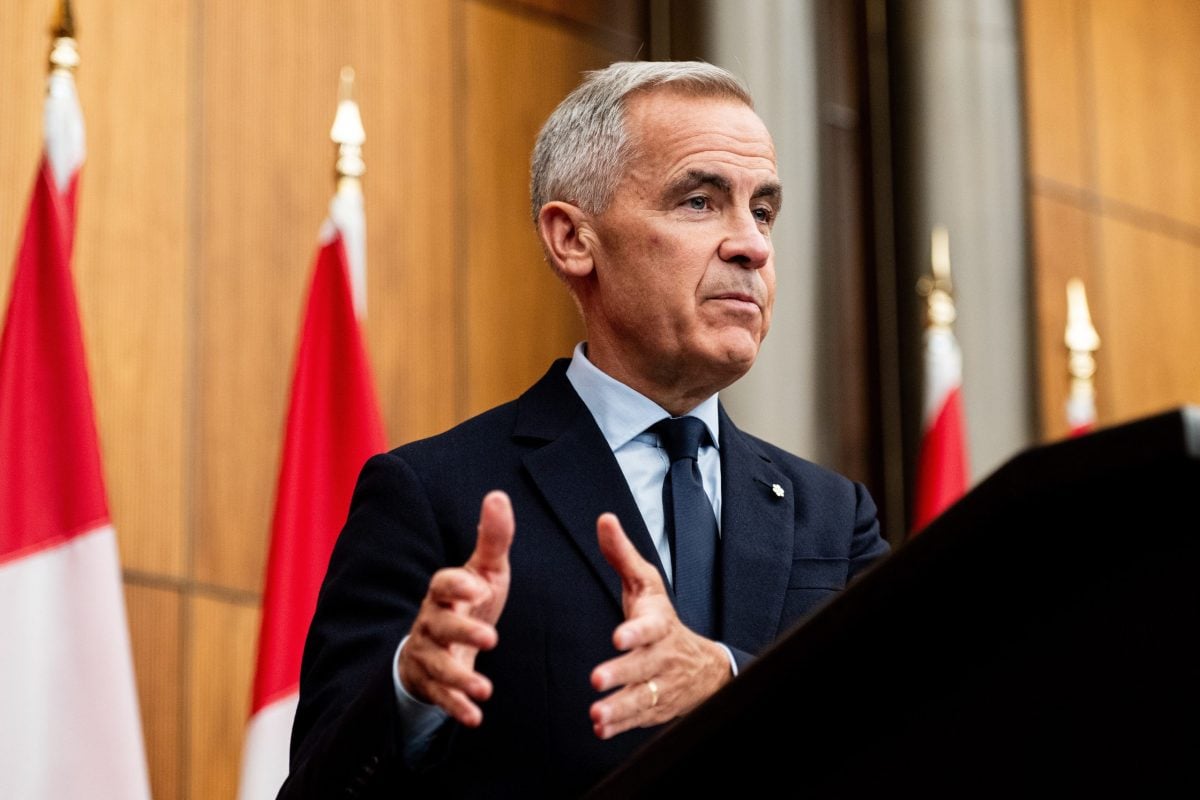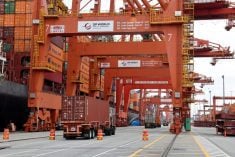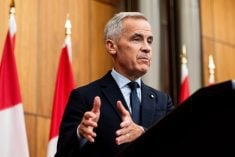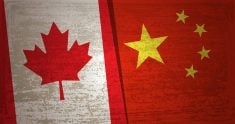Key points:
- The goal of removing tariffs it to minimize economic damage
- Removing tariffs could help trade and security talks continue
- The federal government is seeking other trade partnerships
- The federal government can’t rely on U.S. negotiators to act in good faith
Trade disputes between the United States and Canada are nothing new. They date back as far as the late 19th century.
Read Also
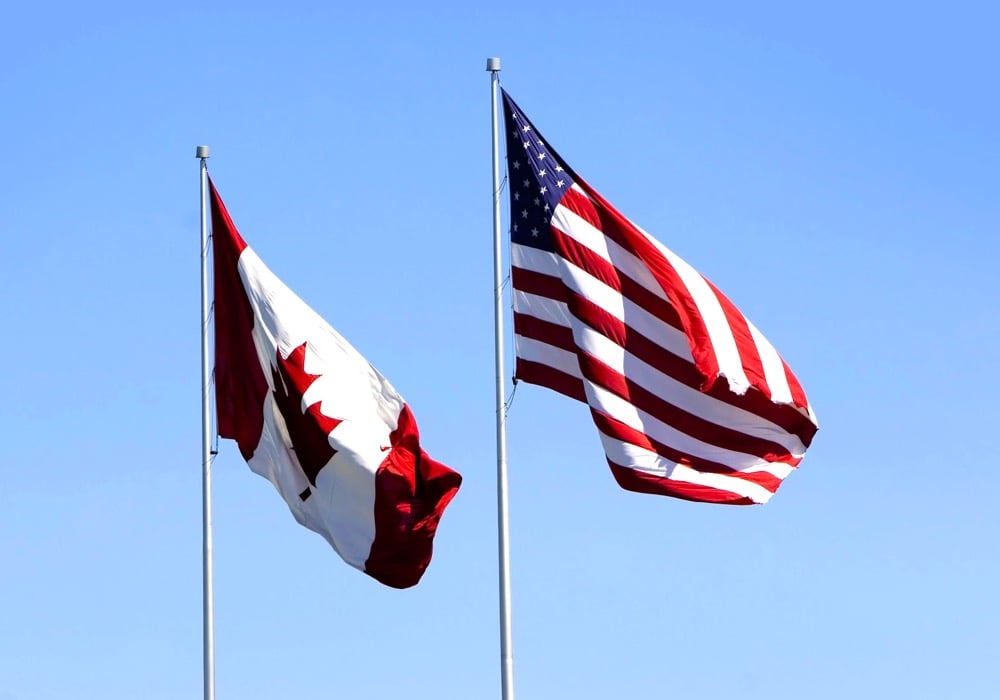
Canadian trade data delayed by U.S. government shutdown
Canadian international trade data for September will be delayed indefinitely due to the ongoing partial shutdown of the United States government, Statistics Canada said Friday, Oct. 24.
What began as two neighbouring countries seeking to expand their markets and assert economic sovereignty has evolved into a broad range of conflicts.
These historical trade disputes have included accusations of unfair subsidies, protectionist tariffs, and, more recently, concerns over national security, fentanyl and border security.
Softwood lumber, one of the most important items on the list of Canadian exports to U.S., has been consistently under attack by different American administrations. The disputes go back to as early as 1980s and are still one of the major sources of trade interruptions between the two countries.
Other important areas of trade disputes are agricultural products namely, dairy, beef and grain as well as steel and aluminum, auto and aerospace industries, to name a few.
Trump’s tariffs
Earlier in 2025, the U.S. administration under President Donald Trump even violated the existing Canada-U.S. Mexico Trade Agreement (CUSMA) by imposing tariffs on products that were supposed to be exempt under the provisions of the deal.
This action has had negative economic effects on both the U.S. and Canada. In the words of Tiff Macklem, governor of the Bank of Canada, “restoring open trade is important for jobs, growth and price stability in Canada.”
South of the border, the tariffs imposed on Canadian products are likely raising costs for American consumers and businesses, though calculating the precise increase is complex because manufacturing components cross the Canada-U.S. border many times.
Carney’s move
Though some might call it weakness, Prime Minister Mark Carney’s move to lift the retaliatory tariffs on U.S. goods covered under CUSMA while retaining tariffs on auto, steel and aluminum, is arguably a wise strategy.
The end goal is to minimize economic damage to Canada. According to Carney, this tariff removal on about 85 per cent of Canada-U.S. trade is consistent with the commitment under CUSMA.
Furthermore, such alignment with the U.S. could create a guarantee for the continuation of trade and security talks currently ongoing between the two countries.
Some argue that such a strategic decision will benefit Canadian consumers by making imports cheaper, reducing inflationary pressure on the Canadian economy and giving Canadians a sense of relief knowing that a trade deal will be achieved.
While the statistics don’t explicitly link the removal of Canadian retaliatory tariffs with the downward pressure on inflation or boosting Canadian consumption, it is generally accepted that lower prices for imported goods increase purchasing power.

Alternate trade relationships
Is Carney buying time? Does he have a long-term plan for Canada and the direction of trade?
While the prime minister is seemingly trying to keep negotiations productive in the lead-up to CUSMA’s renegotiation in 2026, his government has also started negotiating with many other countries (especially in Europe) to secure more reliable trading partners.
In June 2025, Carney said:
“We will need to dramatically reduce our reliance on the United States. We will need to pivot our trade relationships elsewhere.”
These echo similar comments he’s made over the past several months, including these remarks:
“Our old relationship with the United States, a relationship based on steadily increasing integration, is over. The system of open global trade anchored by the United States — a system that Canada has relied on since the Second World War, a system that, while not perfect, has helped deliver prosperity for our country for decades — is over.”
An unpredictable U.S.
By offering tariff relief on non-strategic goods while retaining protections for key sectors of the Canadian economy — steel, aluminum and automobiles — Carney isn’t surrendering. As an economist, I believe he’s being strategic.
Canadians should keep in mind that the federal government is not dealing with a reasonable American administration under Trump. It is predictably unpredictable.
Managing relations with such a partner is a profound challenge in diplomacy, simply because negotiators cannot rely on the U.S. government acting in good faith and adhering to the provisions of existing trade deals.
To effectively handle this situation, the Canadian government must have a plan that integrates strategy, patience and psychological insight. It should also have multiple back-up plans in case there is a sudden shift in U.S. trade policy and action. I argue that what Carney has done so far is an astute tactical manoeuvre.
—Nargess Kayhani is associate professor of economics at Mount Saint Vincent University.

